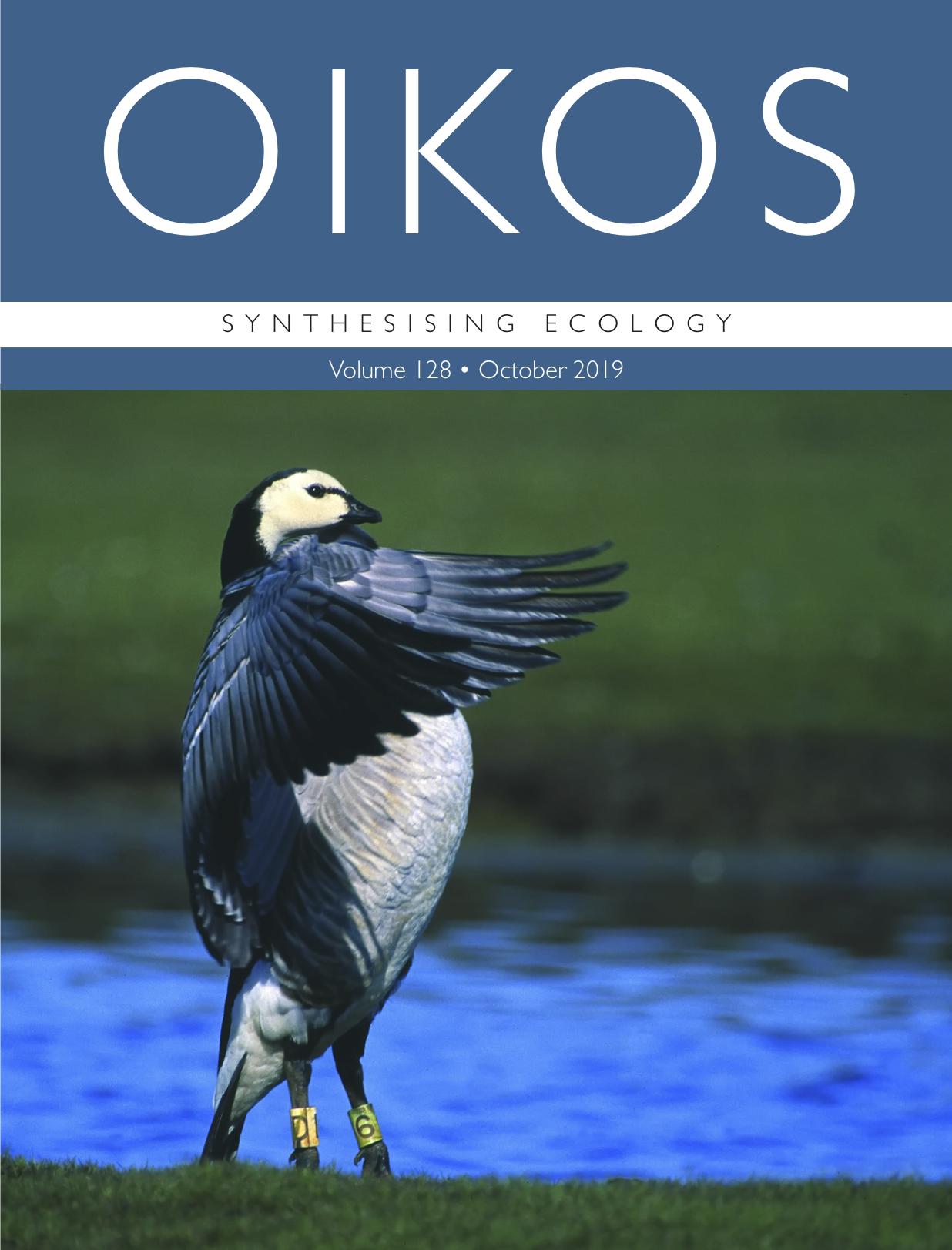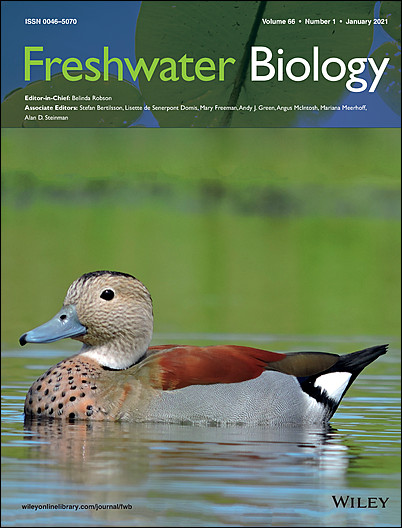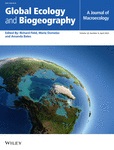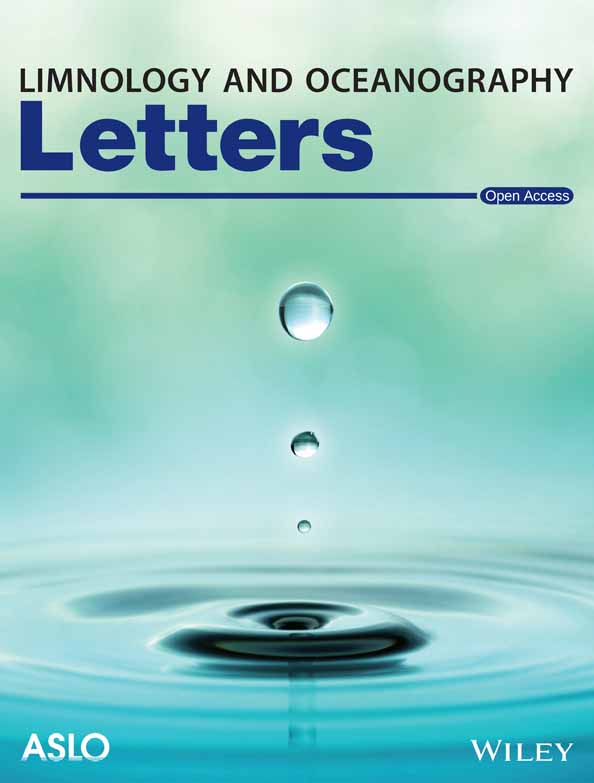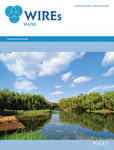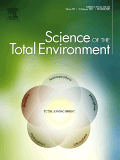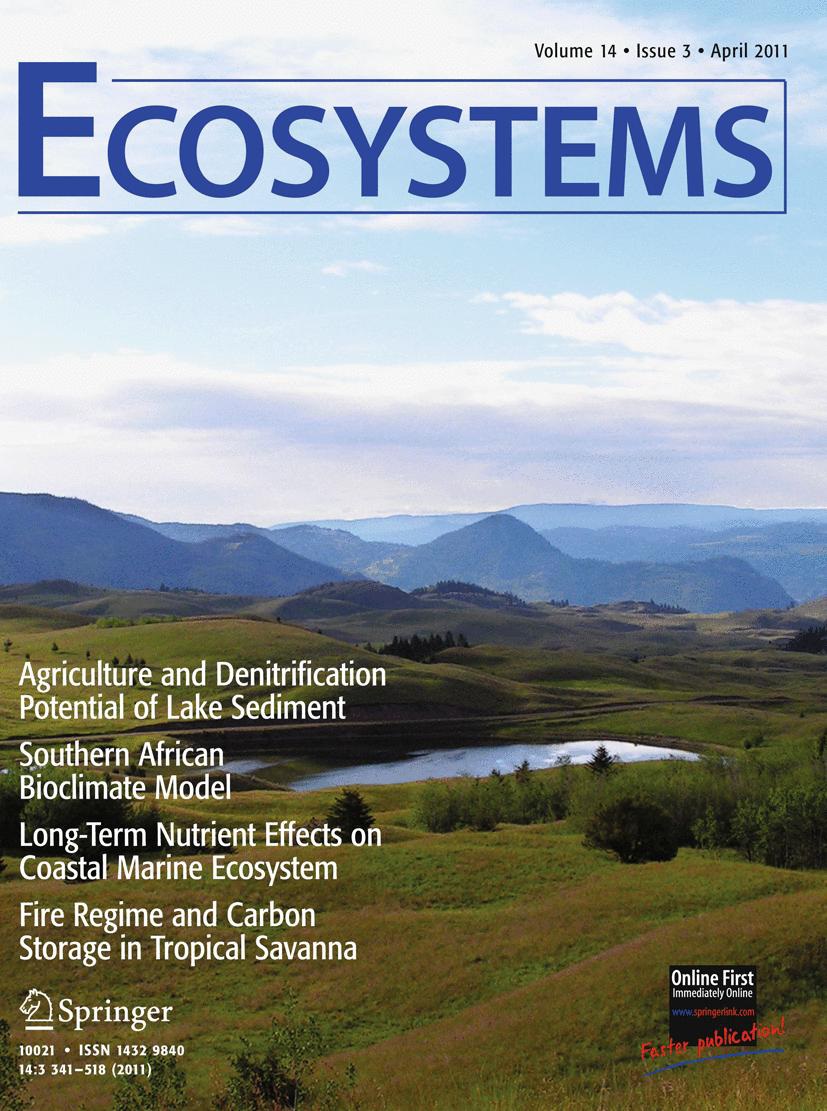- Programme area:1) Biodiversity in a Changing World
A synthesis of biological invasion hypotheses associated with the introduction–naturalisation–invasion continuum
Empirical studies show divergent impacts of alien populations on ecosystems which hinders the creation of a unified theory. The authors propose a synthesis that categorizes hypotheses along a timeline of invasion considering population, community and ecosystem levels. For any given case study, this framework provides a guide to choose the appropriate concepts according to the stage of invasion.
Do alien species affect native freshwater megafauna?
The authors undertook the first global assessment of the impacts of alien species on native freshwater megafauna using the Environmental Impact Classification for Alien Taxa framework. Negative impacts on native freshwater megafauna were caused by 61 alien species from diverse taxonomic groups, including both freshwater and terrestrial alien species, and both vertebrates and invertebrates.
Global Protected Areas as refuges for amphibians and reptiles under climate change
The authors investigated the effectiveness of Protected Areas (PAs) in conserving amphibians and reptiles under climate change. They found that PAs are effective in providing refuge to these species, but spatial conservation gaps still exist and many species may go extinct due to climate change.
The global EPTO database: worldwide occurrences of aquatic insects
Thanks to the commitment of nearly 100 researchers, the EPTO-database is the first global data source regarding geo-referenced and freely available data sets on aquatic insect occurrences - Mayflies (Ephemeroptera), stoneflies (Plecoptera), caddisflies (Trichoptera) and dragonflies (Odonata) - worldwide.
Blooms also like it cold
Cyanobacteria are considered to be heat-loving, and massive algal blooms are reported mainly in summer, when monitoring is particularly close. Now, the authors show that cyanobacterial blooms can also occur at colder temperatures - even under ice. If the algal blooms go unnoticed, there are risks to drinking water production.
Multispecies assemblages and multiple stressors: synthesizing the state of experimental research in freshwaters
This is a review of multiple-stressor research in freshwaters, particularly studies that have experimentally manipulated multiple stressors and measured responses of multispecies assemblages. There is a gap between biotic interactions under multiple stressors and ecosystem recovery pathways after restoration, indicating a disconnect between multiple stressor research and environmental practice.
The Asymmetric Response Concept explains ecological consequences of multiple stressor exposure and release
Multiple stressors can affect species indirectly through either abiotic variables or impacts on non-target species. Stress tolerance is the key determinant of responses to increasing stress intensity. Dispersal and biotic interactions are the two key mechanisms governing responses to the release from stressors.
Trophic Transfer Efficiency in Lakes
The authors explored how spatial and temporal variability of lake food webs and their links to the terrestrial environment affect trophic transfer efficiency (TTE). They suggest that TTE can be estimated as mechanistic expression of energy flow between consumer and producer pairs, or as ecosystem efficiency comparing total sums of heterotrophic production rates with fixation rates of carbon.
Perchlorate-specific proteomic stress responses of Debaryomyces hansenii could enable microbial survival in Martian brines
No life has yet been found on Mars, but it is exciting to explore under what circumstances it might be possible. The authors have studied the cellular processes that regulate the adaptation of microorganisms to perchlorates. If microorganisms could genetically adapt their stress response to this salt, their survival on the red planet might be possible.
Towards critical white ice conditions in lakes under global warming
The quality of lake ice is of paramount importance for ice safety and lake ecology under ice. In 2020/2021, the researchers conducted a coordinated sampling campaign of lake ice quality during one of the warmest winters since 1880. They showed that lake ice during this period generally consisted of unstable white ice, which at times accounted for up to 100 percent of the total ice thickness.


